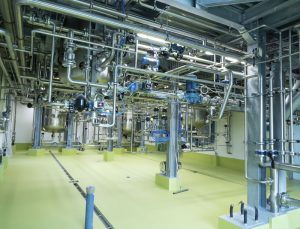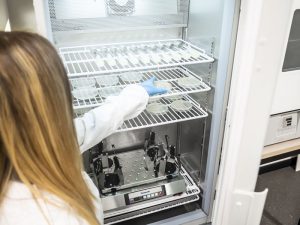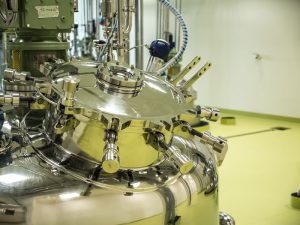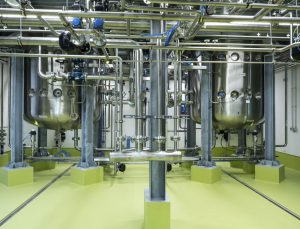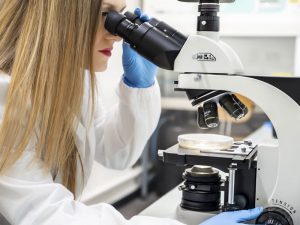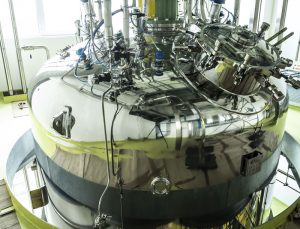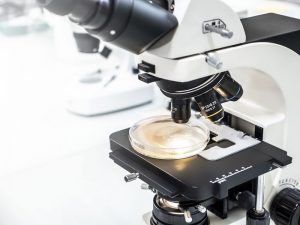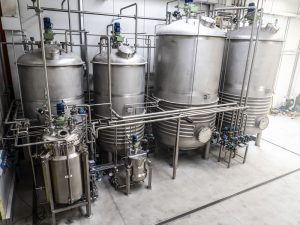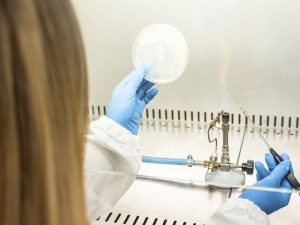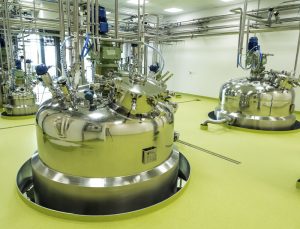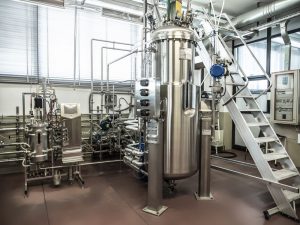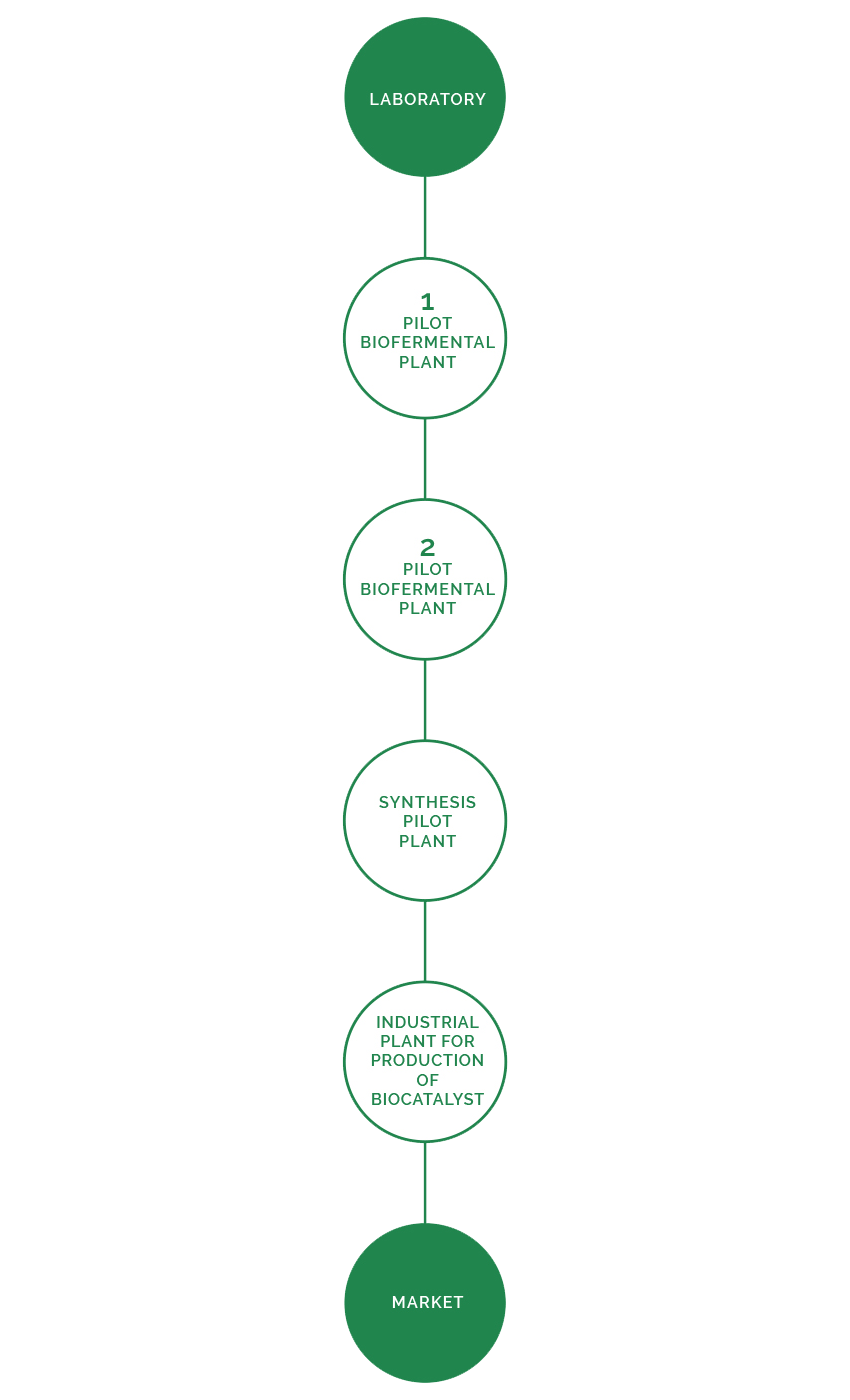
A STORY OF RESEARCH & DEVELOPMENT
Companies that want to remain competitive in the market and continue to grow need to take up and overcome the challenges. They need to look further, look ahead, anticipate expectations and respond to change, quickly, effectively and innovatively. Columbia Bio-Tech believes in a more sustainable future as a new way of doing business. It focuses on the research, development and implementation of new eco-compatible technologies by exploiting biological processes for industrial use.
WHO WE ARE
Columbia Bio-Tech focuses on the research and development of new industrial biological processes, which can bring significant benefits compared to conventional industrial methods.
With the tight collaboration with Universities and Research Institutes, Columbia has selected new species of microorganisms that have demonstrated a strong potential in different industrial processes where a nitrile hydratase process is needed. This represents an important technological innovation, above all for the chemical and pharmaceutical sector, where the nitrile group hydration process can lead to problems in terms of efficiency or production yield. The biocatalytic method can replace traditional production processes with significant benefits, such as reduced energy consumption and environmental impact and greater efficiency and safety in production processes. Columbia is the first reality in Europe producing a biocatalyst with these features.

KEY MILESTONES
Columbia Bio-Tech began its innovative project in 2015. The research was conducted by Stefano Toniolo who studied various microorganism strains. Once the most powerful strain was selected, Columbia performed the identification analysis in collaboration with the local university and other research institutes. The selected variety immediately showed excellent performance in the hydration of acrylonitrile, compared to known technologies. Subsequently, the research activity showed positive results also in nitrile substrates of pharmaceutical interest, leading Columbia to further research this application.
During this phase, Columbia dedicated itself to the development of the bacterial strain from the Petri dish to the first small pilot plant, equipped with a fermenter with a capacity of 30 Lt. The obtained biocatalyst allowed Columbia to test the conversion of acrylonitrile into bioacrylamide through a controlled synthesis in the laboratory. The results highlighted the enzymatic performance, with a resulting concentration of bio acrylamide greater than 53%.
Bio fermentation pilot plant: the realization of the bio fermentation pilot plant is an important milestone that allowed Columbia to further develop its project towards a successful industrialization. Synthetic pilot plant: developed to test the performance of the biocatalyst in carrying out the conversion process of acrylonitrile to bio acrylamide. This highlighted the potential of the Columbia biocatalyst and its superiority over known conventional methods.
In December 2016, Columbia purchased a new industrial site located in Vicenza (Italy) to host the entire Columbia Bio-Tech department, the biological laboratory and the industrial plant. Upon completion scheduled for Q2 2020, this building will host the headquarters of Columbia Holding and will house offices, biotechnology, chemical and pharmaceutical laboratories, a wing dedicated to the development of pilot plants and Columbia’s Biocatalyst industrial plant. The industrial plant consists of fermenters up to 40 m³ and sterile reactors from 300 Lt. to 6000 Lt.
In April 2016, Columbia deposited the strain in a collection recognized by the Budapest Treaty and submitted a patent application that recognized the unique properties of the strain and the method for bioacrylamide production. At the beginning of 2019, Columbia obtained another patent for the use of the proprietary strain in the pharmaceutical application, characterized by the conversion of nitrile groups into amides, through a nitrile hydratase process.

